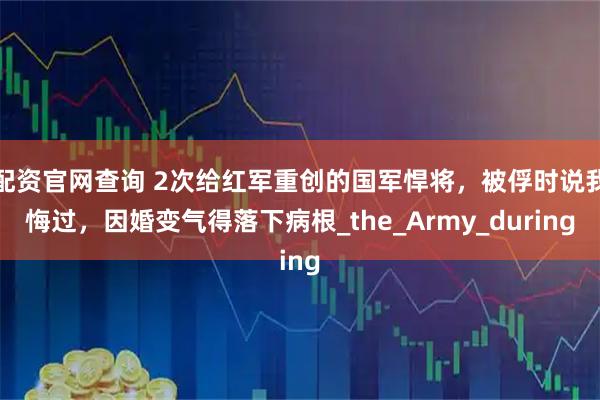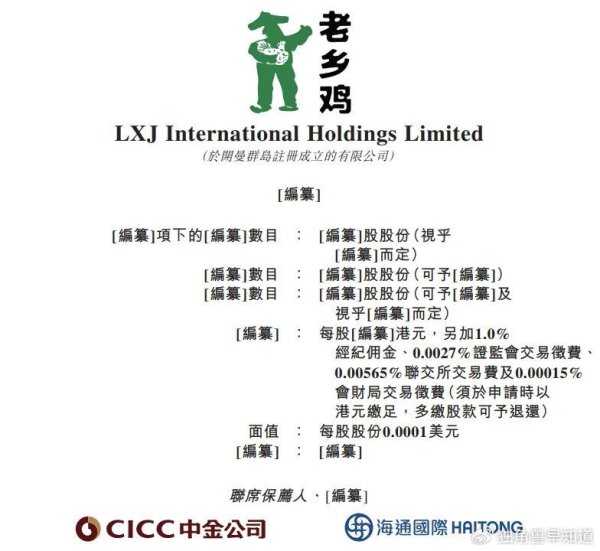
In the 1930s, during the period of the land revolution, the heroic Red Army established revolutionary bases in the regions of southern Jiangxi and western Fujian. Chiang Kai-shek, intent on annihilating the Red Army, launched a series of large-scale \"encirclement campaigns,\" aiming to crush the revolutionary forces. In a span of a few short months, the enemy launched four such encirclements. Despite the extreme hardships they faced, the Red Army consistently shattered the enemy’s attempts. In the first campaign, the Red Army used a strategy to lure the enemy deep into their territory, capturing 9,000 soldiers under General Zhang Huizan in Yongfeng and later decimating half of an enemy division in Ningdu配资官网查询, forcing the rest to retreat. This marked the first successful defeat of the \"encirclement\" campaign. In the second campaign, the Red Army avoided engaging the enemy's main force, instead targeting and defeating weaker forces in smaller, successive battles. Over the course of half a month, they swept through more than 700 kilometers, and the second encirclement was rendered a failure. For the third encirclement, the Red Army employed feigned movements to mislead the enemy while looking for the right opportunity. After a series of decisive victories, they crushed the third \"encirclement\" in what was a clean sweep for the Red Army.
展开剩余86%The fourth \"encirclement,\" however, was the most significant. The Red Army lured the enemy deep into their lines and then concentrated their forces for a large-scale ambush. Using the harsh weather conditions and difficult terrain to their advantage, the Red Army executed flexible maneuvers in a mobile battle, swiftly annihilating the enemy’s main force. In the northern gateway of the revolutionary base area, in the region of Yihuang, Jiangxi, the Red Army managed to destroy the enemy’s 52nd and 59th divisions. The commanders, Li Ming and Chen Shiji, were captured, and the Red Army went on to annihilate the majority of the 11th division, with its commander, Xiao Qian, severely wounded. This victory came to be known as the \"Yihuang Caotai Gang Victory.\" This was an astounding achievement, as the enemy’s divisions were considered some of Chiang Kai-shek's most elite forces. The speed and scale of their destruction led Chiang to lament bitterly, saying that it was the only personal pain he had ever felt in his life.
The key to the Red Army’s repeated success in smashing these encirclement campaigns, despite being outnumbered and equipped with inferior weapons, was the correct strategic, tactical, and political direction implemented in the revolutionary base areas. The Red Army relied heavily on the broad support from the masses, both in terms of manpower and material resources. Their focus was on eradicating the enemy’s effective forces through concentrated attacks, and they adhered to a strategy of \"attacking when victorious and retreating when necessary.\" By constantly adjusting to the enemy’s weaknesses, the Red Army ensured that each battle was decisive, quick, and successful. These principles solved the complex issue of how to defeat a stronger enemy with fewer resources. The ability to adapt to the battlefield and the effective use of strategic principles became the bedrock of the Red Army’s many victories.
However, within this turbulent historical context, there were a few exceptions. One such exception was a relatively insignificant figure at the time, who managed to resist the overwhelming power of the Red Army’s attacks during the fourth \"encirclement.\" This person, later known for causing significant losses to the Red Army, became one of the few to achieve minor victories against the Red forces. His name was Wang Yaowu, a former battalion commander of the Independent 32nd Brigade. Due to his so-called \"military achievements,\" he was promoted to a major general, and his career continued to soar from there, eventually becoming a major general and later a military commander in charge of vast regions. His rise through the ranks, despite the failures of Chiang Kai-shek's forces, marked a remarkable and rare success.
Wang Yaowu, born in 1900 in Shandong, had a humble upbringing. Due to financial constraints, he was forced to drop out of school at an early age. He worked as a clerk in a biscuit company, but when he learned that military academies did not charge tuition, he was inspired to join the military. Although he lacked the proper credentials, Wang forged a fake elementary school diploma and successfully gained entry into the Whampoa Military Academy’s third class. His time in the academy marked the beginning of his military career.
Wang's education, combined with his early experience in retail, gave him a unique ability to read people and handle various social situations. His acute understanding of human nature, honed by his background, helped him climb through the ranks. Through consistent performance and a sharp ability to navigate military and political landscapes, Wang quickly stood out and was promoted to a captain. His rise was relatively quick compared to some of his peers, like Hu Zongnan, who became a major general just three years after graduation from Whampoa.
Soon after his promotion to battalion commander, Wang Yaowu participated in the fourth \"encirclement\" of the Red Army in Jiangxi. Stationed in Yihuang, Wang’s battalion faced repeated attacks. Yihuang, located strategically in Jiangxi’s central region, was a critical point for the Red Army. Surrounded by high mountains and difficult terrain, the area was difficult to breach. In the initial phases of the attack, Wang Yaowu’s commanding officer, Bai Tianmin, considered abandoning the town, fearing that they could not withstand the Red Army’s assault. However, Wang argued forcefully that the town's fortifications and its status as a critical supply base made retreating a poor choice. He emphasized that holding the position would not only secure the area for a month but also provide strategic advantages by frustrating the Red Army’s attempts to break through.
Wang’s strategy prevailed, and the Independent 32nd Brigade held their ground for an impressive 24 days. Despite the Red Army’s relentless assaults, including fierce artillery bombardments and close-quarter battles, Wang’s forces managed to hold the city. This remarkable defense against a superior force was hailed as a victory, and Wang Yaowu’s leadership during the siege earned him recognition from his superiors. Chiang Kai-shek personally met with Wang, praising his courage and strategic insight. Wang's success in holding the city and inflicting damage on the Red Army was significant, considering the overwhelming odds.
As a result of his performance, Wang Yaowu’s reputation soared, and he was rapidly promoted, eventually becoming a major general. His military career continued to flourish, and he rose through the ranks, achieving key positions in various battles during the Second Sino-Japanese War. His skills in combat and leadership were widely recognized, particularly in battles such as the Battle of Shanggao, where his strategic maneuvering played a critical role in defeating the Japanese forces. Wang's success on the battlefield brought him national fame, and he eventually became a central figure in the Nationalist Army, leading large forces against the Japanese and later the Communist forces during the Chinese Civil War.
However, during the later stages of the Chinese Civil War, as the Nationalist forces suffered setbacks, Wang Yaowu found himself caught in the inevitable tide of defeat. His fortunes reversed, and after fleeing from the collapse of Nationalist defenses, Wang ultimately found himself captured by the Communist forces. In his later years, despite being imprisoned, Wang continued to speak publicly about his past actions and urged others to put aside their differences for the peace and prosperity of China. His final years were marked by a tragic personal story, as he learned that his wife had left him for another man, which led to his deteriorating health. Wang Yaowu’s death in 1964 at the age of 64 marked the end of a remarkable, yet tragic, life. His story remains one of the many that illustrate the complexities of loyalty, struggle, and change during one of China’s most tumultuous periods.
发布于:天津市蚂蚁配资提示:文章来自网络,不代表本站观点。



